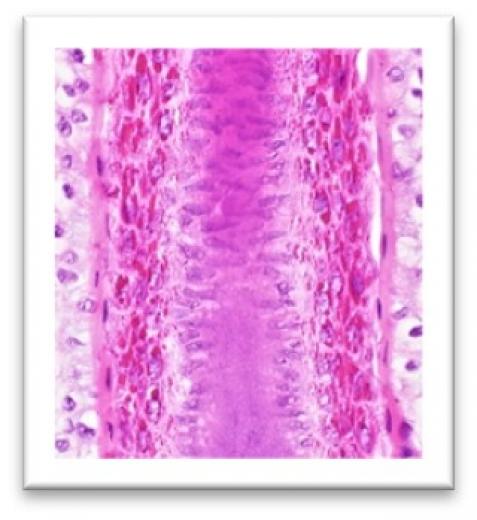1 5
1 5
Direct Immunofluorecence
Direct immunofluorescence is used to identify immune complex deposits, mainly in the differential diagnosis of bullous skin disease such as pemphigus and pemphigoid, and in other conditions such as discoid lupus erythematosus. Michel’s transport medium now allows fresh unfixed biopsies to be kept viable for a reasonably long time so that the biopsy can arrive in the Lab in good condition for frozen sections to be cut for the assay.
Syphilis
One of the great mimics in medicine is syphilis. This condition is becoming more common in the world to the extent that it has been said that if the doctor has not been seeing syphilis in the clinic syphilis will have been seeing the doctor!
These comments just touch upon a few of the things that happen in the skin and that can turn up in biopsies. There are so many others. Taking the biopsy is only the beginning of the story. What follows in the laboratory in preparing sections and then what happens when the Dermatopathologist examines the slides down the microscope are the next steps in preparing the biopsy report.
In straightforward cases, the production of the report will draw things to a conclusion. More complex cases will often need the Dermatologist (and sometimes the patient) to have a conversation with the Dermatopathologist to try to understand what exactly is going on. A spin off from the pandemic is the way in which we are all much more at ease discussing online. This also makes it much easier to share clinical and microscopic images in the process of reaching a conclusion and to get the best value out of the skin biopsy.

